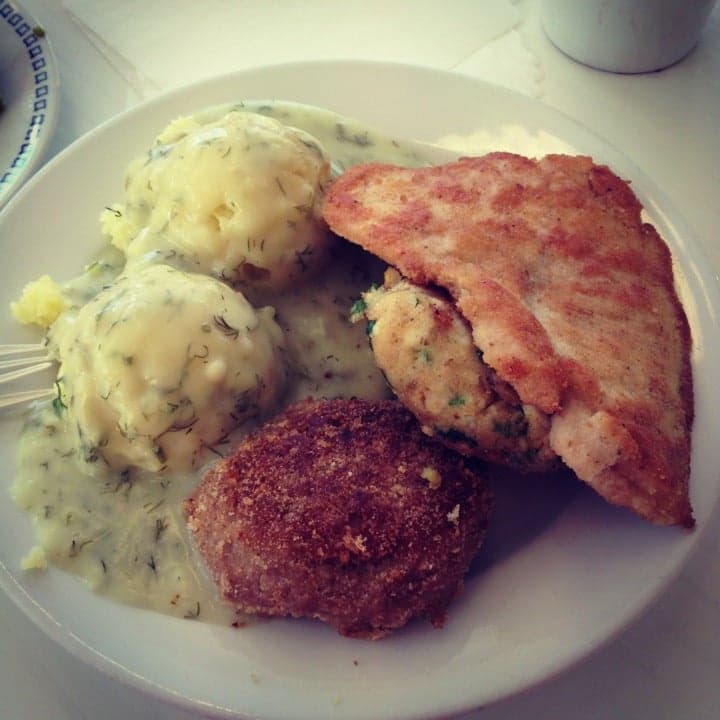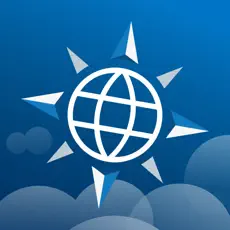Ryanair vs. U.S. Embassy Warsaw
Ryanair
The least dignified way to travel in Europe! Even booking a ticket with them is a nightmare trip through a maze of upsells and dark patterns. Once you have booked your flight, enjoy your 1-hour commute to a second-tier regional airport. The seats are tiny. They're made of cheap plastic, probably so that they can easily hose them down every 100th flight.
U.S. Embassy Warsaw
The U.S. Embassy in Warsaw is on Aleje Ujazdowskie, surrounded by other embassies and government buildings. It’s a large, modern building with tight security. The embassy handles visas, helps U.S. citizens, supports American businesses, and works on diplomatic relations with Poland. It also promotes cultural exchanges and coordinates military cooperation between the two countries. Most people go there for travel documents or official matters. It’s straightforward—focused on diplomacy, paperwork, and keeping U.S.-Poland ties strong.
Reviews
Reviews
Reviewed on 2/23/2025
This embassy has hands down the most rude staff and just the messiest embassy I have ever seen by far. Out of all the embassies I have ever visited this is the worst and most shameful. The staff will make you wait or yell at you to get a power trip, and you have to be grateful that you're at an embassy of a third world country. Spent two hours here because the staff don't work. Also the place is so ugly, it looks like a prison.
| Item | Votes | Upvote |
|---|---|---|
| No pros yet, would you like to add one? | ||
| Item | Votes | Upvote |
|---|---|---|
| No cons yet, would you like to add one? | ||
| Item | Votes | Upvote |
|---|---|---|
| motivates you to seek citizenship elsewhere | 1 | |
| Great if you have a humiliation fetish | 1 |
| Item | Votes | Upvote |
|---|---|---|
| rude staff | 1 | |
| staff yells at you | 1 | |
| staff will make you wait because nobody here works | 1 |
Frequently Asked Questions
Ryanair is a low-cost airline known for offering budget-friendly flights across Europe. It is often characterized by its no-frills service, extensive upsell tactics during the booking process, and the use of secondary regional airports.
Pros of flying with Ryanair include low-cost fares and a wide range of European destinations. Cons include a complex booking process filled with upsells, the use of secondary airports that may require long commutes, and small, uncomfortable seats made of cheap plastic.
The booking process with Ryanair can be challenging due to numerous upsell attempts and dark patterns designed to add extra services to your purchase. It requires careful navigation to avoid additional costs.
The seats on Ryanair flights are known to be small and made of cheap plastic. They are designed for easy cleaning, but they may not be very comfortable for passengers.
Ryanair often uses secondary regional airports, which can result in longer commutes from the airport to your final destination. This can add significant travel time and inconvenience.
The U.S. Embassy in Warsaw has some pros and cons. Pros include that it can motivate you to seek citizenship elsewhere and may be great if you have a humiliation fetish. However, the cons are significant, including rude staff, staff yelling at visitors, and long wait times due to a lack of staff efficiency.
The U.S. Embassy in Warsaw provides various services, including handling visas, assisting U.S. citizens, supporting American businesses, and working on diplomatic relations with Poland. It also promotes cultural exchanges and coordinates military cooperation between the two countries.
The ambiance at the U.S. Embassy Warsaw has been described negatively by some visitors, with comments about the building being unattractive and resembling a prison. Additionally, the experience can be marred by the rude behavior of the staff, which has been noted in reviews.
Common experiences reported by visitors to the U.S. Embassy Warsaw include long wait times, rude interactions with staff, and a general sense of frustration due to the inefficiency of the services provided. Some visitors have expressed that their experiences were among the worst they have had at any embassy.
Related Content & Alternatives
- 2
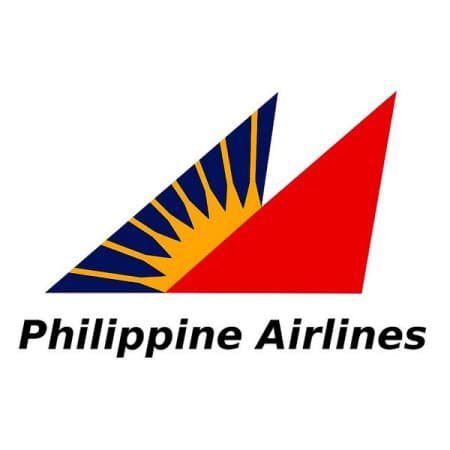 1.Philippine Airlines
1.Philippine AirlinesMy flight from Bangkok to Los Angeles was completely packed and the seats were tiny. This is arguably not the airline's fault but the layover in Manila was one of the worst I've had. You are herded from one queue to another for hours, surrounded by a crowd of people at all times.
- 1
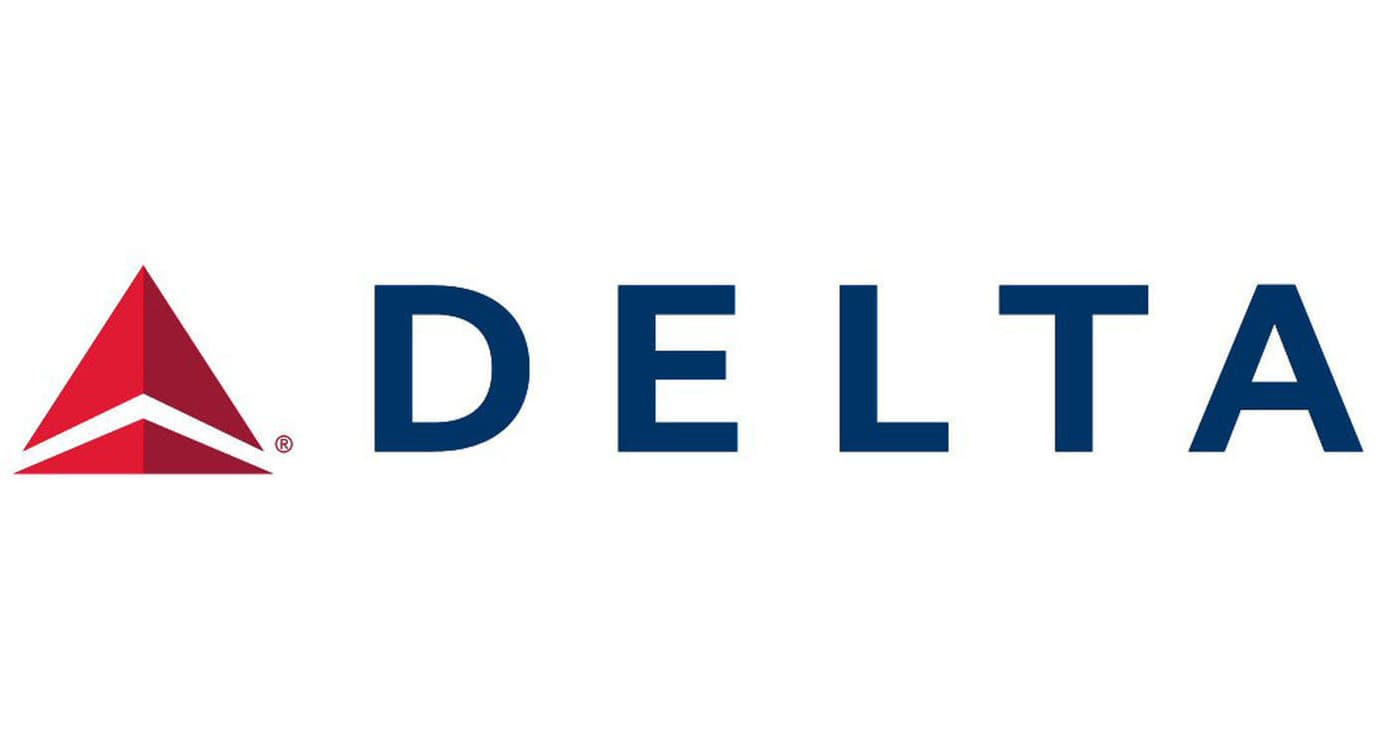 2.Delta
2.DeltaBecause life is a nightmare
- 1
 3.American Airlines
3.American Airlinesbecause fuck you that's why
- 1
 4.United Airlines
4.United Airlineswhenever I fly United I literally want to fucking kill myself. Also you cant click off their website lmfao
- 0
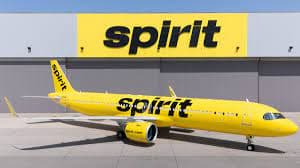 6.Spirit airlines
6.Spirit airlinesthey greyhound bus of the sky
- 3
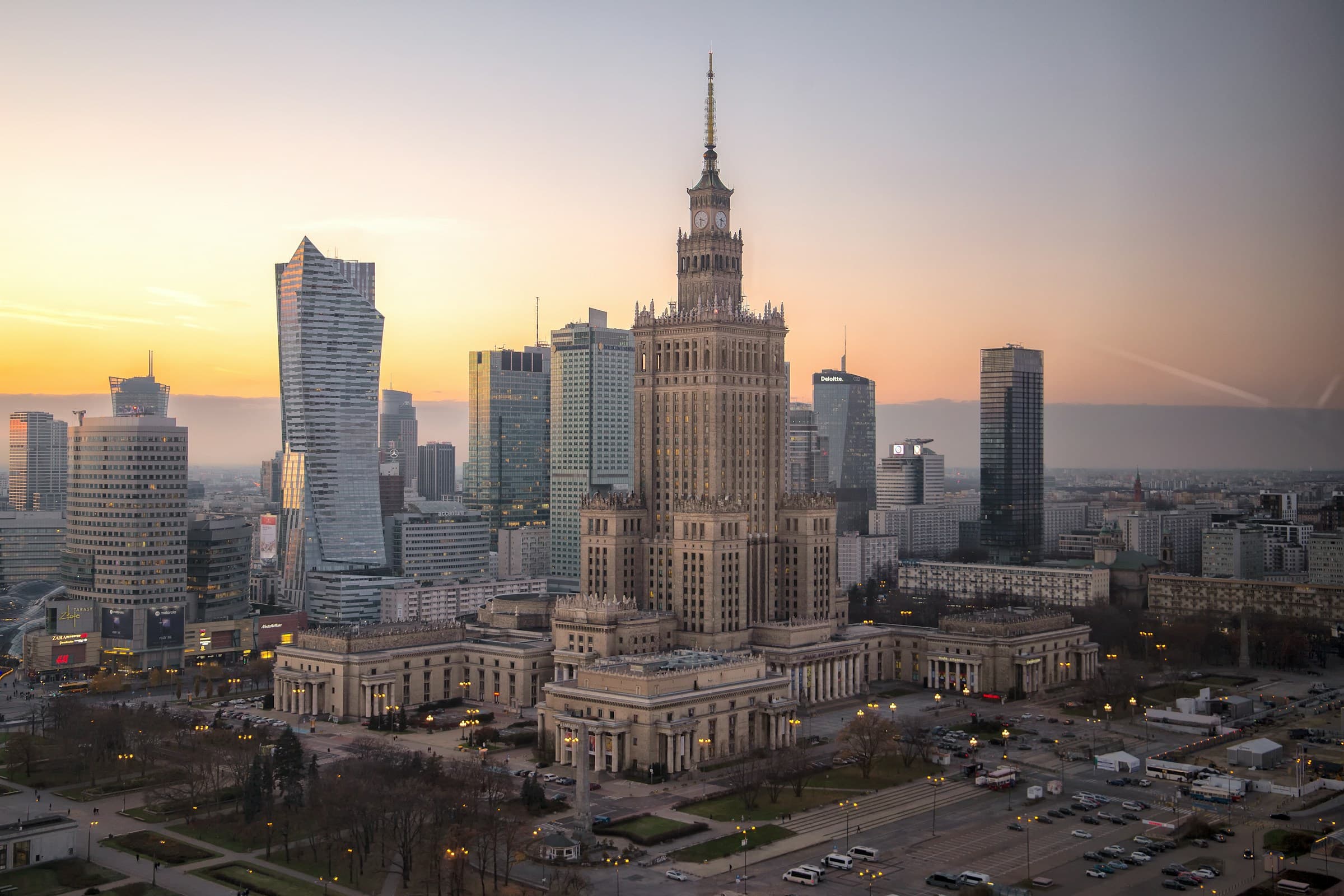 1.Warsaw, Poland
1.Warsaw, PolandWarsaw is the capital of Poland, sitting on the Vistula River in the east-central part of the country. With nearly 1.9 million people in the city and over 3 million in the wider metropolitan area, it’s Poland’s biggest city. It’s a place where old and new collide—modern skyscrapers stand next to rebuilt historic districts, and its skyline is a mix of glass towers and ornate churches. The Old Town, destroyed in World War II and painstakingly rebuilt, is now a UNESCO World Heritage Site. Walking through its cobblestone streets, you’ll find the Royal Castle and the colorful Market Square. Not far off is the Royal Route, a stretch of old palaces, churches, and the Presidential Palace, leading down to the grand Wilanów Palace and its gardens. Despite the scars of war—most of the city was flattened during WWII—Warsaw bounced back fast. The post-war communist era left a mark with grey apartment blocks and the towering Palace of Culture and Science, a gift from the Soviet Union that’s still one of the tallest buildings in Poland. Now, Warsaw’s business district is full of sleek glass skyscrapers, including the Varso Tower, the tallest in the EU. Green spaces are everywhere. Łazienki Park, home to peacocks and the Chopin monument, is a popular spot for Sunday strolls. The Vistula Riverbanks are packed with bars and cycling paths in summer. Even with its urban sprawl, about a quarter of the city is covered by parks and forests. Warsaw’s history is complicated. It was once a cultural melting pot, with a large Jewish community before the Holocaust. The city remembers that past with places like the POLIN Museum and the remnants of the Warsaw Ghetto. It also honors its wartime resistance, especially the 1944 Warsaw Uprising, with monuments and the powerful Uprising Museum. The city’s cultural life is rich. It hosts jazz festivals, classical concerts (especially anything Chopin-related), and has a buzzing nightlife. Food-wise, you’ll find everything from traditional Polish pierogi and hearty soups to modern vegan spots and Michelin-starred restaurants. There’s even a strong café culture, with old-school spots alongside trendy coffee bars. Weather in Warsaw is typical for Central Europe—cold, snowy winters and warm, sometimes stormy, summers. Spring and autumn can be mild and pleasant, though the weather can change quickly. In short, Warsaw is a city of contrasts. It’s got a tragic past but a vibrant present, blending historic charm with modern energy. Whether you’re wandering through its parks, exploring museums, or sipping coffee along the river, there’s plenty to take in.
- 0
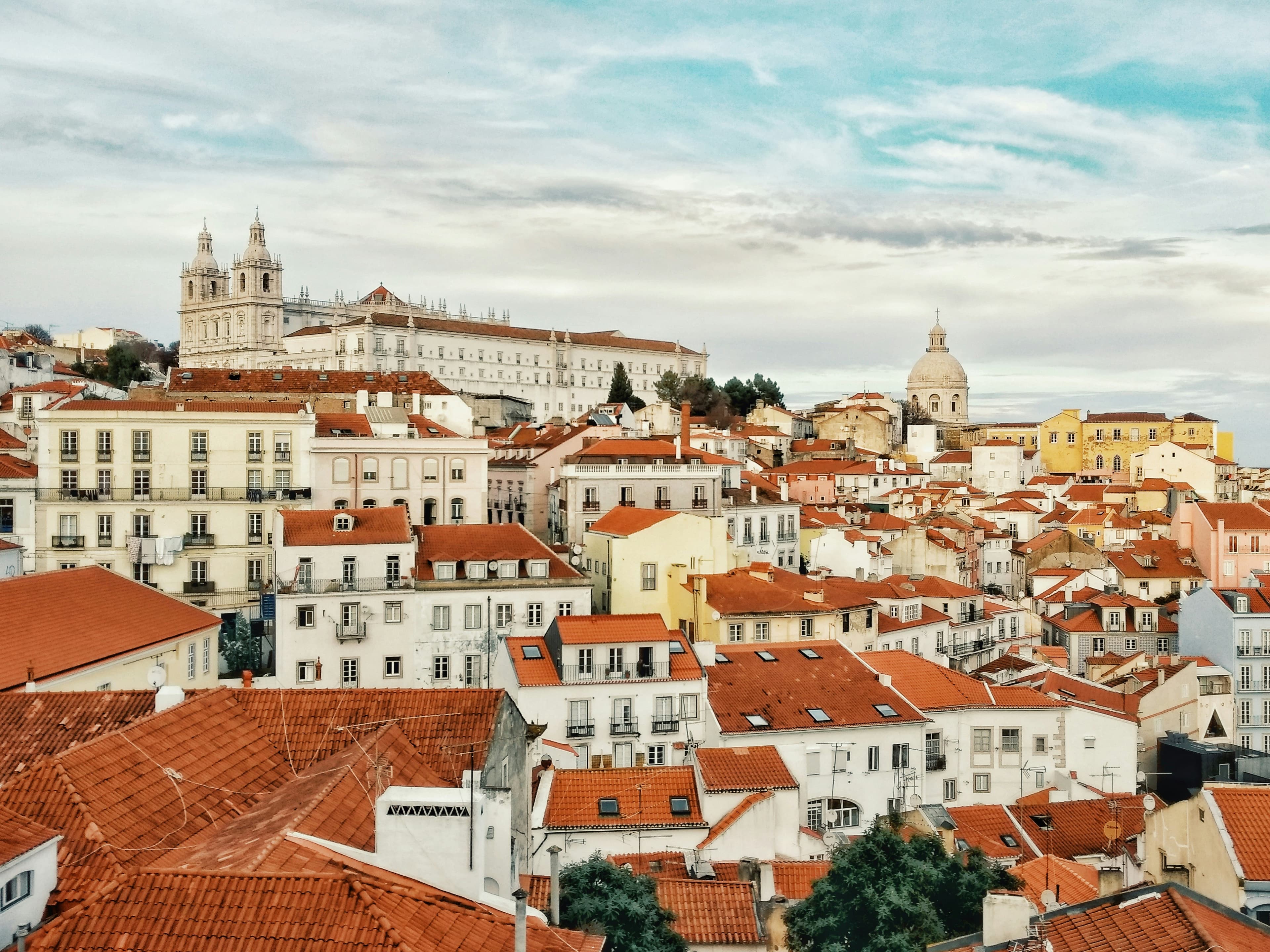 3.Lisbon, Portugal
3.Lisbon, PortugalLisbon sits on the western edge of Europe, right where the Tagus River meets the Atlantic Ocean. The city is built on a series of hills, which gives it sweeping views of red-tiled rooftops, cobbled streets, and the water beyond. Walking around, you’ll notice how the narrow lanes twist and turn, especially in neighborhoods like Alfama, where clotheslines stretch between buildings and the smell of grilled sardines lingers in the air. It’s a place where old and new blend together. You’ll find trams from the early 20th century rattling through streets, while modern glass buildings rise up in other parts of town. Down by the river, the Belém Tower and Jerónimos Monastery, both from the Age of Discovery, remind you that Portuguese explorers once set out from this very spot. Lisbon gets plenty of sunshine—nearly 3,000 hours a year. Summers are warm and dry, while winters stay cool and damp, but not too cold. Along the riverbanks, locals sit at cafés, sipping coffee or wine, while ferry boats glide across the water. Economically, Lisbon is Portugal’s hub, with banking, tech companies, and tourism bringing in most of the money. There’s a steady flow of visitors, drawn by the mild weather, historic sites, and laid-back vibe. Despite the city’s modernization, many residents struggle with rising living costs, especially with the influx of tourists and expats driving up housing prices. Culturally, the city is rich. Fado music echoes from small bars, and street art colors many walls. Markets buzz with fresh produce and seafood. People here celebrate Saint Anthony’s festival in June with street parties, music, and grilled sardines everywhere you look. Getting around is easy enough. There’s an extensive metro system, old-school trams, buses, and even ferries to cross the river. And if you fancy a bit of green space, parks like Eduardo VII Park or Monsanto Forest Park offer a break from the city streets. In short, Lisbon is a city that wears its history proudly but doesn’t mind embracing the modern world. It’s got a relaxed pace, friendly locals, and a charm that’s hard to shake.
- 3
 1.Ireland
1.IrelandIreland is a small country with a big presence. Its capital, Dublin, is a lively city known for its mix of history, culture, and modern energy. Walk through the streets and you’ll find Georgian buildings, contemporary architecture, and plenty of places to hear live music or have a chat over a coffee—or a pint. The country has changed a lot over the past few decades. Once more rural and conservative, modern Ireland is progressive and increasingly diverse. It's known for its strong economy, driven in part by tech and finance companies that have set up shop in Dublin. But away from the business districts, life moves at a slower pace, especially in smaller towns and the countryside. Culture runs deep. Ireland has long punched above its weight in literature, music, and the arts. Writers like James Joyce and W.B. Yeats are still celebrated, but contemporary authors, filmmakers, and musicians continue to make their mark. Traditional Irish music hasn’t faded—it just sits comfortably alongside modern genres, often blending with them in interesting ways. Dance, especially the kind popularized by Riverdance, remains part of the cultural fabric without feeling forced or overly nostalgic. Food in Ireland has shifted from its meat-and-potatoes reputation. While hearty stews and fresh-baked bread are still common, there’s been a focus on fresh, local ingredients and creative cooking. In coastal areas, you’ll find top-quality seafood, and farmers' markets are popular across the country. Sport plays a big part in daily life. Gaelic games like football and hurling are uniquely Irish and deeply connected to local pride, but people follow soccer, rugby, and golf with just as much enthusiasm. While Ireland’s landscape is famous—green fields, dramatic coastlines, and rugged hills—it’s not just postcard scenery. Many people live in suburban areas, and the country has seen growing urban development. Still, nature is never far away. Ireland’s recent history includes both economic highs and lows, as well as major social changes. The country has legalized same-sex marriage, eased restrictions on abortion, and shifted away from the strong influence of the Catholic Church. Yet, traditional values like community and hospitality haven’t disappeared—they’ve just adapted to a changing world. At its core, Ireland is a place that blends the old with the new. It’s a country where centuries-old traditions coexist with modern ideas, where the past is present but doesn’t overshadow the future.
- 2
 2.Poland
2.PolandPoland sits in Central Europe, stretching from the Baltic Sea in the north to mountains in the south. It shares borders with Germany to the west, Lithuania and Russia to the northeast, and several other countries along the east and south. Its landscape is a mix—flat plains in the center and north, and hilly or mountainous areas in the south. The coastline along the Baltic Sea is known for sandy beaches and coastal ridges. Inland, there are thousands of lakes, especially in the northeast, and big rivers like the Vistula and Oder cut across the land. The weather is temperate. Summers are warm, winters moderately cold. Rain tends to fall more during the summer months, and winters are becoming drier over time. Poland has deep roots in European history. It became a kingdom in 1025, later forming a powerful union with Lithuania. The Polish–Lithuanian Commonwealth was once one of Europe’s biggest states, with a unique political system. Poland's fortunes shifted in the late 18th century, when its neighbors carved it up, erasing it from maps for over a century. It re-emerged after World War I, only to be invaded at the start of World War II—a conflict that brought devastation and the horrors of the Holocaust. After the war, Poland fell under Soviet influence, but by 1989, it was the first Eastern Bloc country to shake off communism, thanks largely to the Solidarity movement. Today, Poland is a democratic country with a population of over 38 million. Warsaw, the capital, is the largest city. Others like Kraków, Gdańsk, and Wrocław are known for historic centers and vibrant culture. The economy is strong, with Poland being one of the larger economies in the European Union. Nature lovers come for places like the Tatra Mountains or the ancient Białowieża Forest, home to Europe’s largest land mammal—the European bison. There are 23 national parks, and over 17 sites are recognized as UNESCO World Heritage locations, from medieval town squares to the haunting Auschwitz-Birkenau memorial. Culturally, Poland has a rich tradition of music, literature, and art. Composer Frédéric Chopin and novelist Joseph Conrad both came from here. More recently, Poland’s fantasy literature, like Andrzej Sapkowski’s The Witcher series, has found global fame. Polish cuisine is hearty, with dishes like pierogi (dumplings), bigos (a cabbage and meat stew), and żurek (sour rye soup). Vodka has its roots here, but beer and wine are also popular. Sports are big in Poland—football (soccer) is a national passion, though volleyball and speedway racing attract large crowds too. The country also boasts top tennis players like Iga Świątek and mountaineers who’ve climbed the world’s highest peaks. Despite its complicated past, Poland today balances its historical heritage with modern growth. Old town squares sit beside new buildings, and traditions are kept alive alongside a fast-developing economy and infrastructure.
- 3
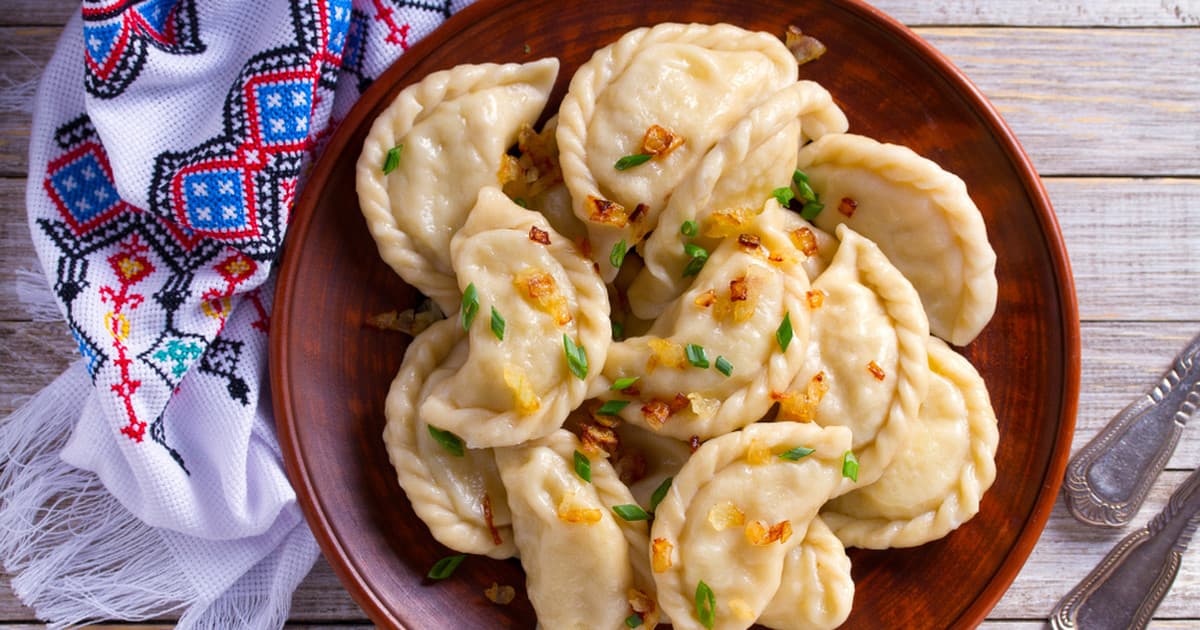 1.Polish Cuisine
1.Polish CuisinePolish cuisine is all about comfort, rich flavors, and tradition. It’s the kind of food that sticks to your ribs, perfect for long winters and big family gatherings. Think hearty soups, meat-heavy dishes, and a lot of potatoes, cabbage, and bread. Pierogi are probably the most famous Polish dish—soft dumplings filled with anything from potato and cheese to meat, mushrooms, or sweet fruits. Then there’s bigos, a slow-cooked hunter’s stew packed with sauerkraut, fresh cabbage, sausage, and sometimes even wild game. It’s the kind of dish that gets better the longer it sits. If you like schnitzel, you’ll love kotlet schabowy, a breaded pork cutlet usually served with mashed potatoes and pickled cucumber salad. And for something truly Polish, there’s żurek—a sour rye soup with sausage and egg, often served in a bread bowl. Poland is also big on fermented foods like ogórki kiszone (pickled cucumbers) and kapusta kiszona (sauerkraut), which add a tangy kick to meals. And if you have a sweet tooth, Polish desserts won’t disappoint—pączki (fluffy doughnuts filled with rose jam), sernik (a dense cheesecake), and makowiec (a poppy seed roll) are just the start. To wash it all down? Vodka, of course. Poland has been perfecting it for centuries. But if you prefer something milder, there’s always hot tea with lemon or kompot, a homemade fruit drink. Polish food is all about big portions, simple ingredients, and bold flavors. It’s the kind of cooking that makes you feel at home, no matter where you’re from.
- 1
 1.Cruise direct
1.Cruise directMy personal favorite! Specializes in cruise bookings and offers a price guarantee. Features deals, discounts, and last-minute offers.
- 0
 2.expedia
2.expediaA classic booking website Known for flight and hotel bookings, but also has a robust cruise booking section. Allows you to bundle cruises with flights and hotels for additional savings.
- 0
 3.Kayak
3.KayakI quite like kayak personally, I have used it in the past for other bookings but never for cruises Known for flight searches, but also offers cruise comparisons. Aggregates deals from various cruise lines and travel agencies.
- 2
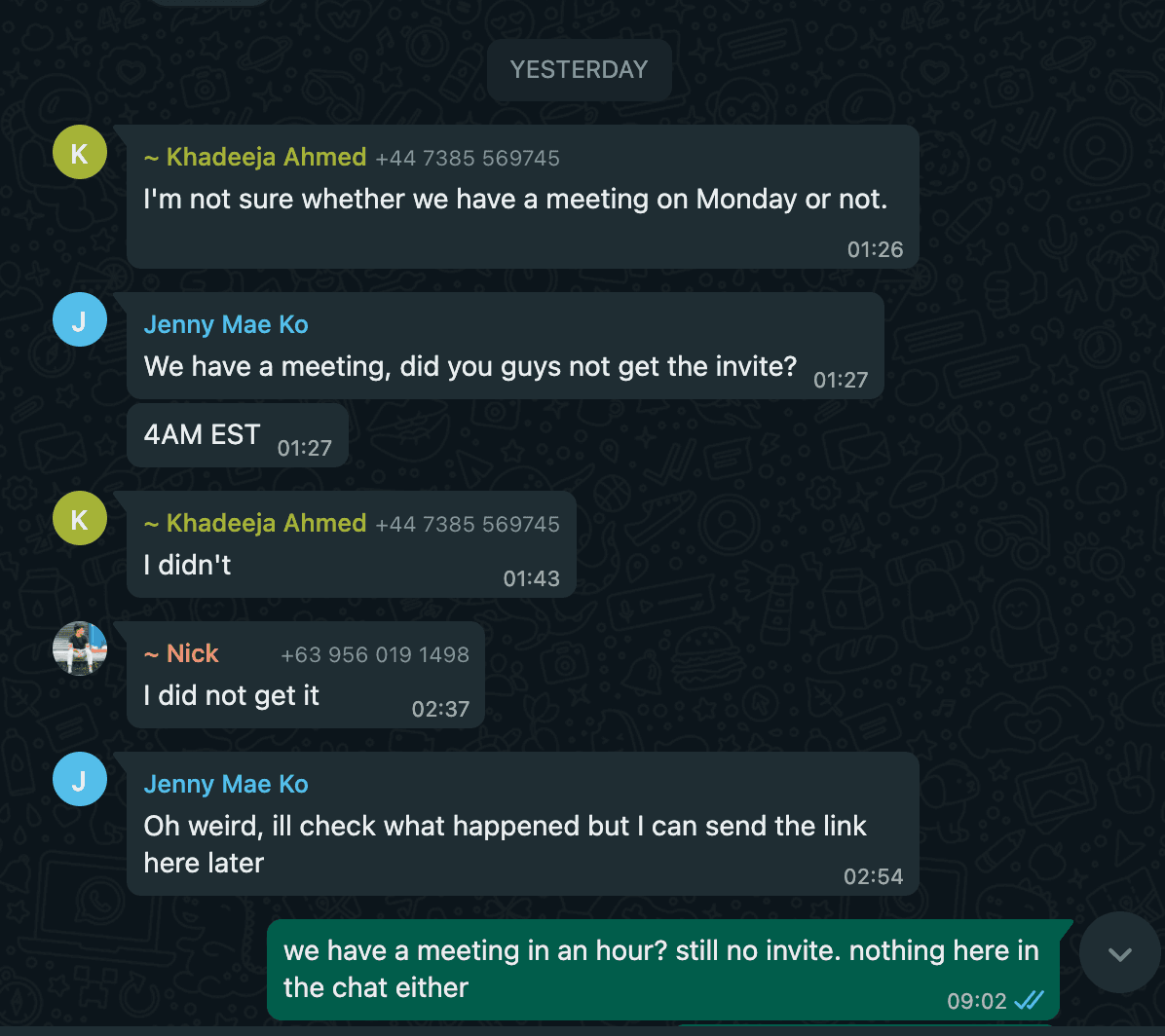 2.Pioneer Academics
2.Pioneer Academics-They will not pay you for your work if they can get away with it -They are an administrative nightmare behind the scenes. I would be expected to be on call 24/7 and to be responsive at all times, because sometimes meetings would be scheduled less than an hour before it was supposed to happen -they are very patronizing, discriminatory, and treat you like you are a disposable employee and unintelligent and incapable of doing your job -no career opportunities here. You start in one place and will be stuck there
- 1
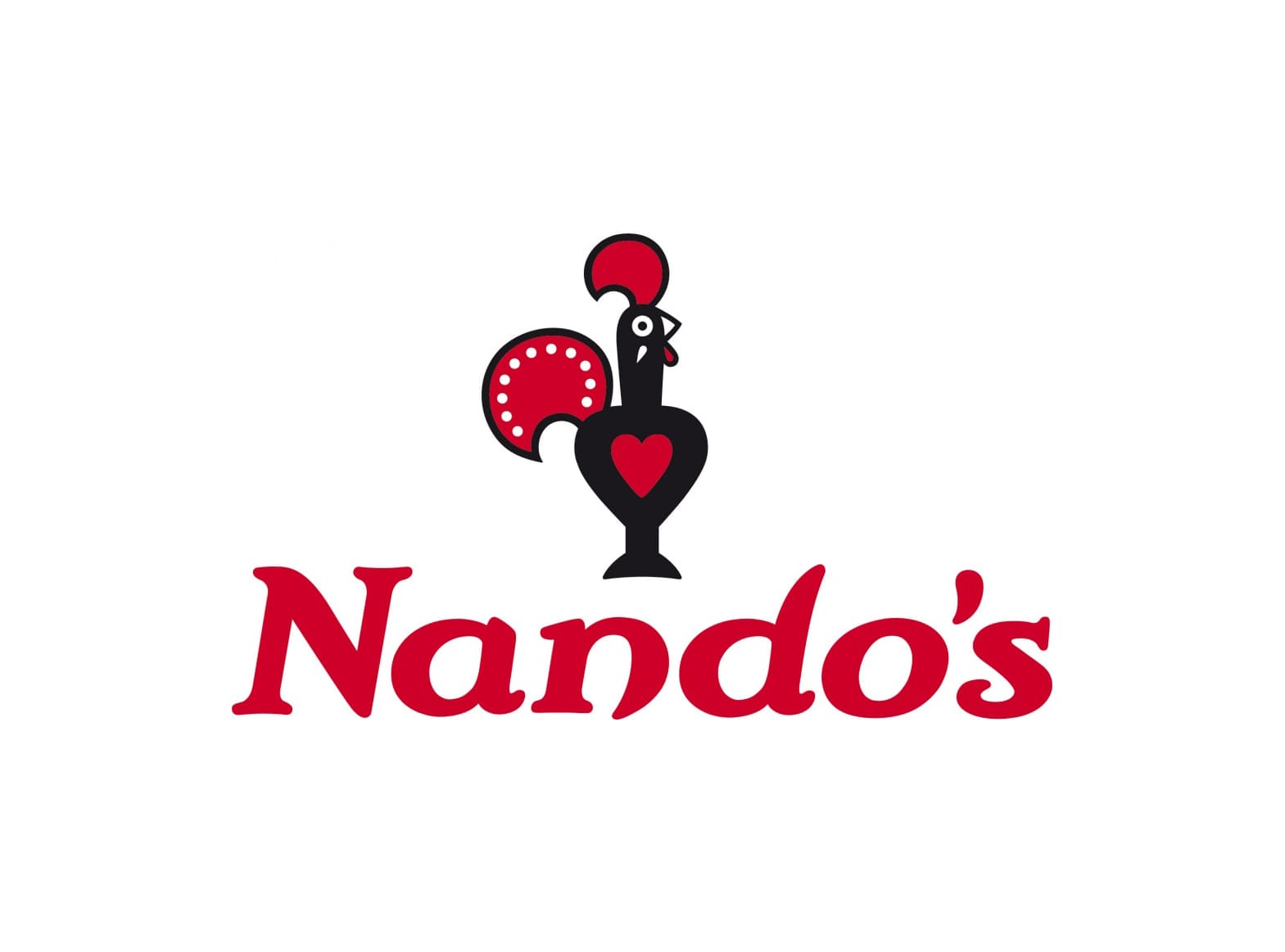 3.Nando's
3.Nando'sNando’s stands out as the best fast-food restaurant by successfully combining casual dining with high-quality, flavourful food that boasts a unique cultural heritage. Renowned for its flame-grilled piri-piri chicken, the restaurant’s roots in Southern African-Portuguese cuisine provide a distinctive spicy twist that sets it apart from typical fast-food offerings. Nando’s emphasises freshness and quality, marinating their chicken for 24 hours in their signature "peri-peri" sauce which customers can select based on their preferred spice level. This personalised spice choice, coupled with a vibrant and welcoming ambiance, makes Nando’s not just a place to eat, but a culinary experience. The brand's commitment to sustainability and ethical sourcing, including their use of higher welfare chickens and eco-friendly practices, resonates well with a globally-conscious clientele, further establishing its reputation as not only a food chain but a responsible corporate citizen.
- 0
 1.Patagonia Black Hole® Mini MLC® 30L
1.Patagonia Black Hole® Mini MLC® 30LThis travel-savvy, soft-sided backpack has tuck-away shoulder straps, plus a quick-stash padded hip belt that doubles as a shoulder strap. For use as a duffel bag or briefcase, tuck away all the straps and carry with one of the grab handles. The Mini MLC has plenty of room to keep you moving, but the bag also meets strict carry-on requirements. Made in a Fair Trade Certified™ factory.
- 2
 1.Antarctic Cruise
1.Antarctic CruiseAntarctica remains one of the least-visited places on Earth due to its remoteness and challenging environment. An Antarctic cruise offers adventurers unique, pristine landscapes, abundant wildlife (penguins, seals, whales), exciting activities (kayaking, hiking, camping) in one of the world's most remote locations.It's an adventure few others have experienced!
- 0
 26.Breaking Down the Secret World Fueled by Udemy, MaxBounty, and Zapier
26.Breaking Down the Secret World Fueled by Udemy, MaxBounty, and ZapierIn this video, the creator explores the deceptive promise of quick success propagated in digital marketing by discussing platforms like Udemy, MaxBounty, and Zapier. The narrative breaks down how misleading services offering immediate results, like bot traffic or reciprocal website visits, thrive among those desperate for quick wins in affiliate marketing and social media traffic. The video emphasizes the contrast between short-term tactics and the rigorous, long-term commitment required in building genuine skills like content creation and subscriber engagement. The dissection of these 'quick-fix' strategies underlines the importance of skepticism and diligent learning for real success in digital marketing. The Hidden Side of Digital Success with Udemy, MaxBounty, and Zapier: https://www.youtube.com/watch?v=QIpY_7j0RXA


